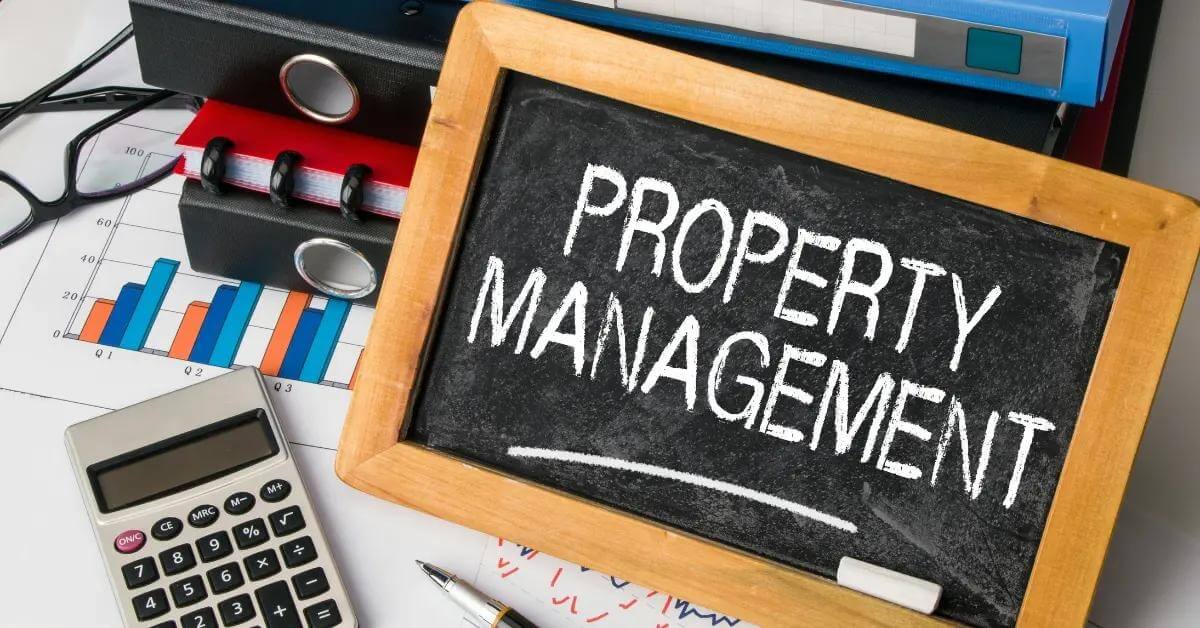All good things must come to an end, and there will probably come a day when you no longer wish to own a rental property. The process of selling the home is relatively straightforward, as you’ll contact a real estate broker to handle most of the work for you and wait for them to finalize the deal.
You’ll likely want to figure out how much you stand to make from this sale before you begin because it usually only makes sense to unload the property if you’ll be turning a profit. The amount you’ll earn when selling a rental property also determines how much you’ll owe in capital gains tax.
There’s more to this calculation than subtracting your purchase price from your sale price, however, because you’ve likely put some money into the property over the years that you’ll want to include in the formula. This guide examines how to calculate gain on sale of rental property and explores ways to reduce your capital gains tax bill.
Calculating Your Loss or Gain
Learning whether you’ll make money or lose money on your real estate deal is vital. The calculation isn’t overly challenging, but there could be some hidden expenses that influence your return. Calculating your loss or gain includes the following steps:
Figure Out the True Cost
The first step is calculating how much the rental property costs you in the first place. This amount includes the purchase price and any commission and closing fees you paid for things like the title transfer and notarization of your documents before taking possession. You might be surprised to see how much higher the actual purchase price is than the listing price.
Determine the Sale Price
The next step is figuring out an accurate sale price. Real estate commissions could also factor into this amount, reducing the money you receive after finalizing the sale. You’ll also want to factor your capital gains tax into this equation because it will eat away 15% or 20% of your profit, depending on the final sale price.
Factor in Additional Expenses
You’ll want to look at additional expenses you paid while owning the rental property when figuring out how much money you stand to make on its sale. Renovations, repairs, maintenance, property taxes, mortgage interest, insurance premiums, and any other expenses your tenants’ rental fees didn’t cover should factor into this equation. Subtract these expenses from your sale price for a more transparent look at how much money you’ll make on this deal.
Your real estate profits aren’t as straightforward as you might believe because there are so many expenses you’ll encounter along the way. Looking back and determining how much money you’ve put into the rental property over the years is the best way to decide if now is the right time to sell.
Four Tips for Reducing Your Taxes When Selling a Rental Property
Taxes will have a significant influence on the profitability of your real estate deal. The good news is that you can use some tricks to reduce your taxable income or spread it out over a few years. Four tax-reducing tips you might consider include the following:
1. Tax-Loss Harvesting
Those with stock market investments can take advantage of their losses through tax-loss harvesting. The gist is that you can sell any money-losing stocks you have at a loss and use them to reduce your taxable gains. Hanging onto your underperforming stocks until you need them to offset other gains is a strategy many investors use to reduce their taxes.
2. Installment Sale
Another option is allowing the buyer to pay for your rental property in installments. This method only works if you own the home outright without a mortgage, but it enables you to accept payments for the house over time, spreading your income out over several years. This strategy means you’ll only owe tax on the installments you receive in a particular year, cutting down on your immediate tax bill.
3. Move Into the Home
Converting your rental property to your primary residence allows you to exclude up to $250,000 in profits from your sale if you’re filing alone and $500,000 if you are married and filing jointly. The main catch is that you must have owned the home for at least two years and made it your full-time home for at least two of the preceding five years before selling. The years do not have to be consecutive to take advantage of this benefit.
4. 1031 Tax-Deferred Exchange
You can defer your capital gains tax owing by selling your rental property and replacing it with another through a 1031 tax-deferred exchange. This replacement property must be of equal or greater value to receive this benefit, and you must finalize the purchase within 180 days of completing the sale. This option is great if you no longer want a particular rental property but aren’t willing to give up your real estate investments entirely.
Finding a way to reduce your capital gains tax can help you make your real estate sale as profitable as possible. The result is a better experience as you move on from being a landlord and enter a new stage of your life.
Selling Your Rental Home
Finding a buyer for your rental property could take some time, but using a professional real estate service will simplify the experience. Your real estate agent will quickly identify potential buyers and run open house events, ensuring you don’t have to wait too long to finalize the deal. The result is less stress as you move on and accept new challenges.
Nomadic Real Estate has a network of over 500 investors seeking new properties to add to their portfolios, helping us quickly identify leads when you decide to sell your rental property. The result is a faster sales process for you when the time comes. Contact Nomadic Real Estate for more information on our real estate transaction services or to learn how to calculate gain on sale of rental property in the Washington, D.C., area.



































